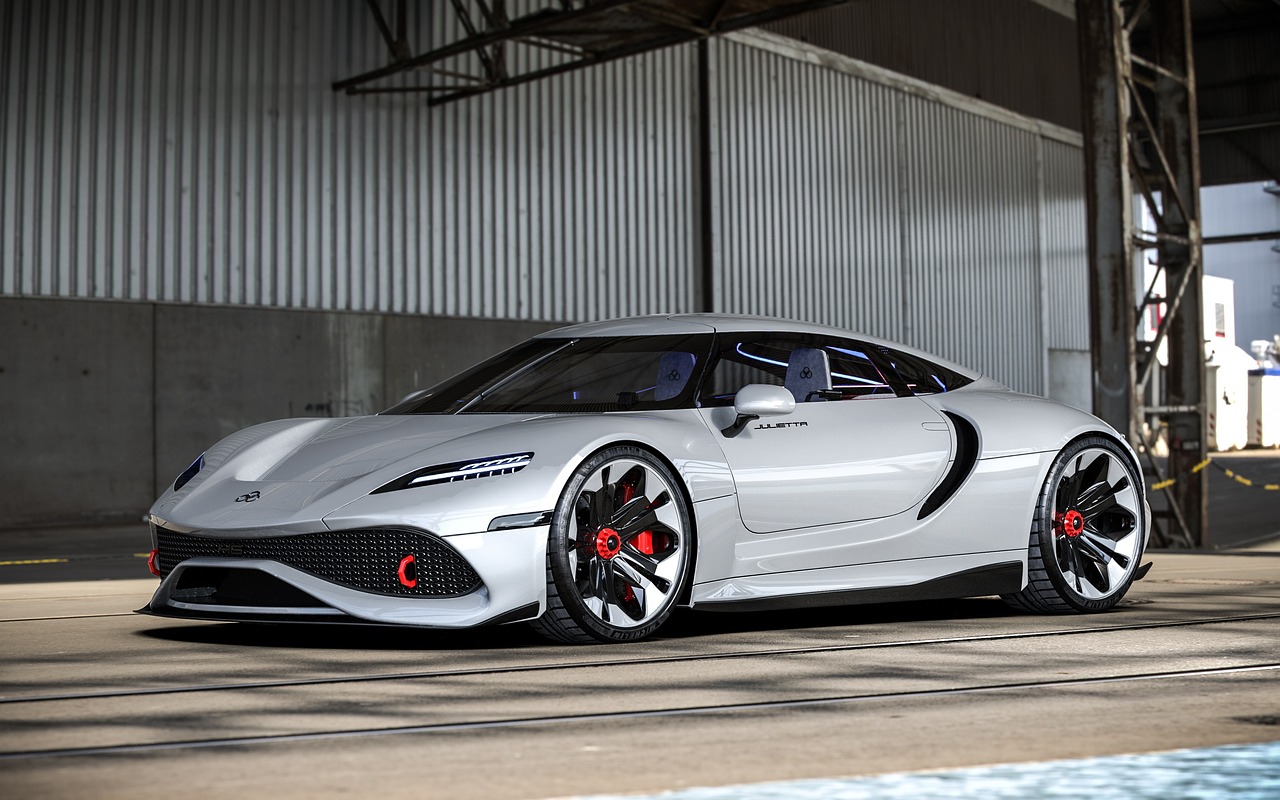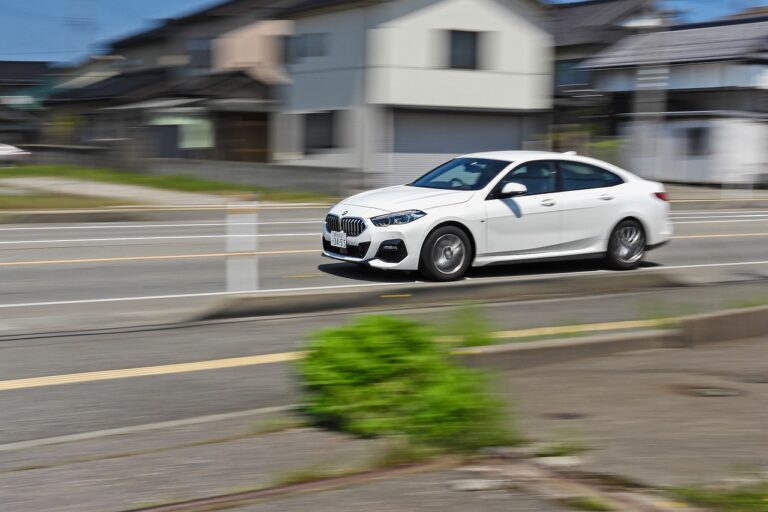Analyzing the Market Potential of Electric Pedicabs for Urban Tourism
Urban transportation is undergoing a significant transformation in response to the growing concerns over pollution and congestion in cities. As more people seek eco-friendly and efficient modes of transportation, there has been a noticeable shift towards electric vehicles. This trend is evident in the increasing popularity of electric scooters, bikes, and even electric pedicabs in urban areas.
In addition to the rise of electric vehicles, there is a growing emphasis on shared mobility services in urban transportation. Companies offering ride-sharing, bike-sharing, and scooter-sharing services are gaining momentum as more people opt for convenient and cost-effective ways to get around cities. This shift towards shared mobility not only helps reduce traffic congestion but also promotes sustainable transportation options in urban areas.
• Electric vehicles such as scooters, bikes, and pedicabs are becoming increasingly popular in urban areas
• Shared mobility services like ride-sharing, bike-sharing, and scooter-sharing are gaining momentum
• These trends help reduce traffic congestion and promote sustainable transportation options in cities
Benefits of Electric Pedicabs for Tourists
Electric pedicabs offer tourists a convenient and eco-friendly way to explore cities and tourist attractions. With the ability to navigate through narrow streets and pedestrian-only zones, electric pedicabs provide a unique sightseeing experience for visitors. Tourists can sit back and relax while taking in the sights and sounds of the city, without having to worry about traffic or parking issues.
In addition to being a sustainable transportation option, electric pedicabs also allow tourists to interact with local drivers who often double as guides. This personalized touch enhances the overall tourist experience by providing insider tips and recommendations, creating a memorable and immersive journey for travelers. By opting for electric pedicabs, tourists not only reduce their carbon footprint but also support local businesses and contribute to the vibrant cultural fabric of the destinations they visit.
Challenges Faced by Electric Pedicab Operators
One of the primary challenges faced by electric pedicab operators is the limited infrastructure support for charging stations. While electric pedicabs offer environmental benefits, the lack of easily accessible charging points can hinder their operational efficiency. This creates a significant barrier for operators who rely on a steady power supply to run their services smoothly and meet the demands of their customers.
Another key challenge for electric pedicab operators is the variability in regulations across different cities and regions. Navigating the complex and often inconsistent regulatory frameworks can pose a significant obstacle to the growth and sustainability of electric pedicab businesses. Operators must stay abreast of local laws and regulations to ensure compliance while also advocating for clearer guidelines to support the expansion of eco-friendly transportation options in urban areas.
What are some market trends in urban transportation that are affecting electric pedicab operators?
Some market trends include the increasing demand for sustainable transportation options, the rise of ride-sharing services, and the growing popularity of eco-friendly tourism experiences.
What are the benefits of electric pedicabs for tourists?
Electric pedicabs offer a unique and eco-friendly way for tourists to explore a city, providing a personalized and immersive experience while reducing their carbon footprint.
What are some common challenges faced by electric pedicab operators?
Some challenges include regulatory hurdles and licensing requirements, competition from other forms of transportation, maintenance costs for electric vehicles, and fluctuations in tourist demand.







